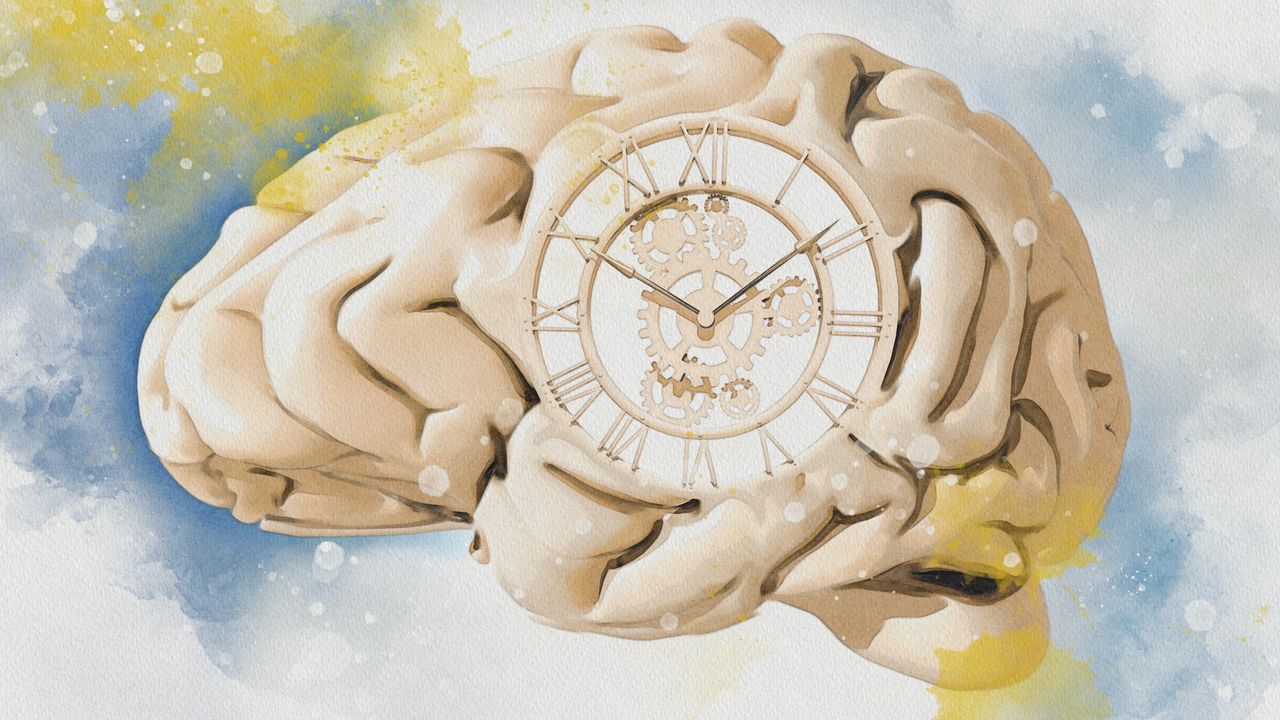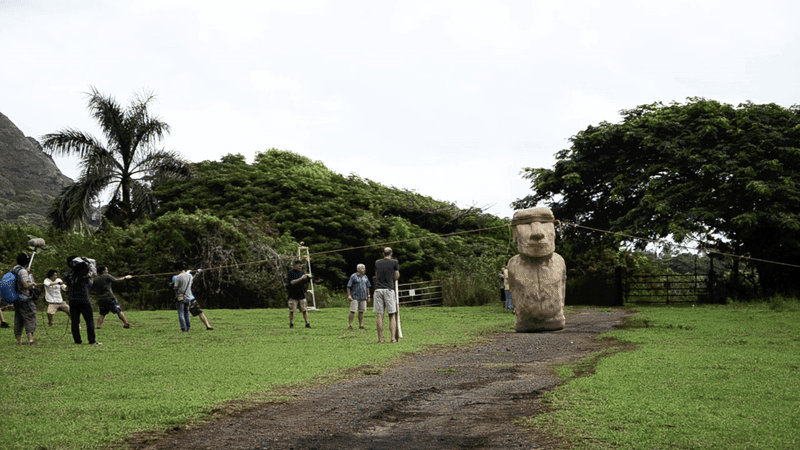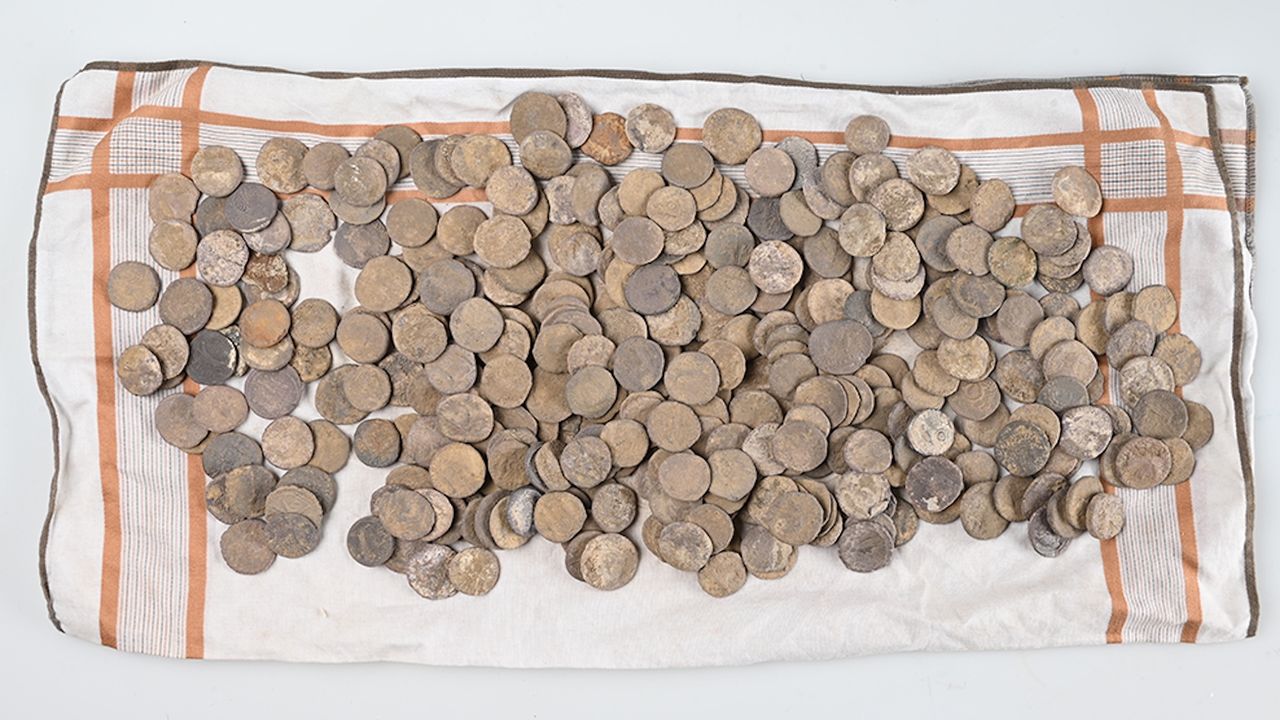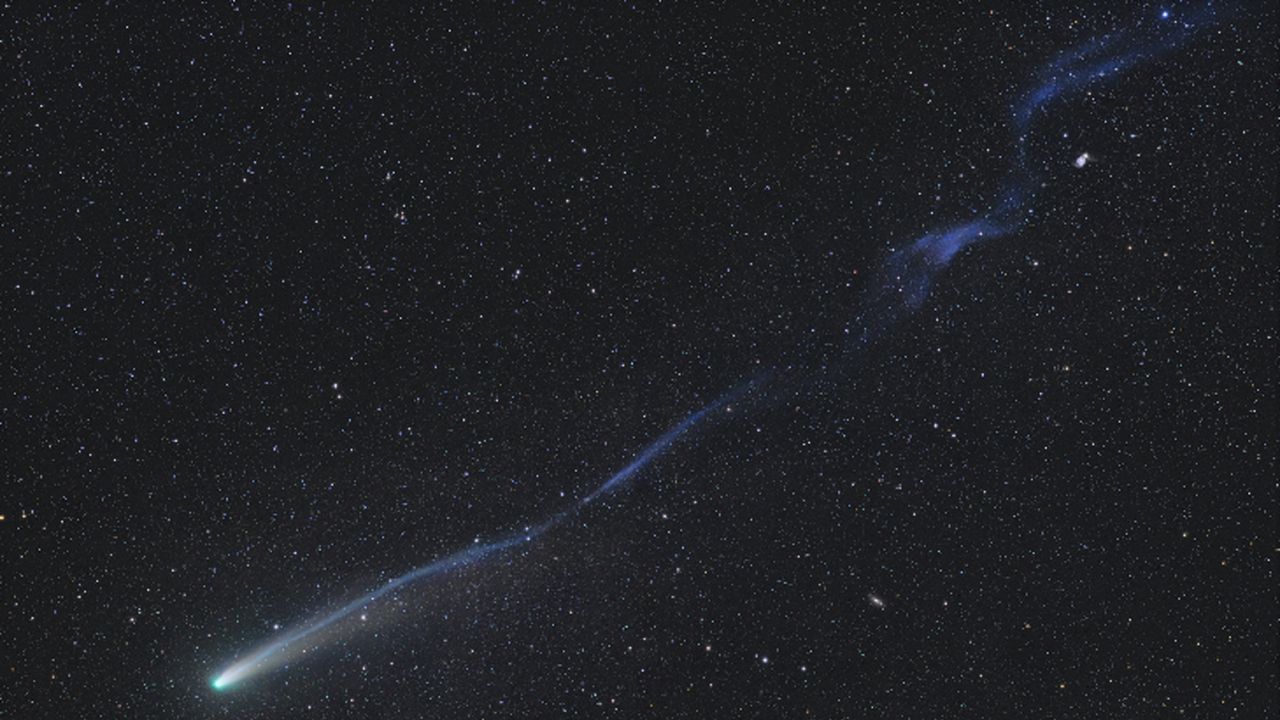Study of Ultramarathon Runners Suggests There's a Fundamental Limit to Human Metabolism
NeutralScience
A recent study reveals that even the most elite ultramarathon runners encounter a fundamental limit to human metabolism, suggesting that there are biological constraints on endurance performance. This finding is significant as it challenges the notion that training can indefinitely enhance athletic capabilities, prompting a reevaluation of how we understand human physical limits.
— Curated by the World Pulse Now AI Editorial System







